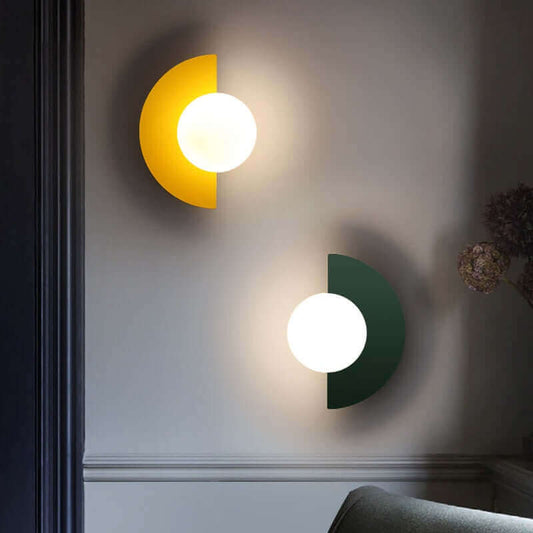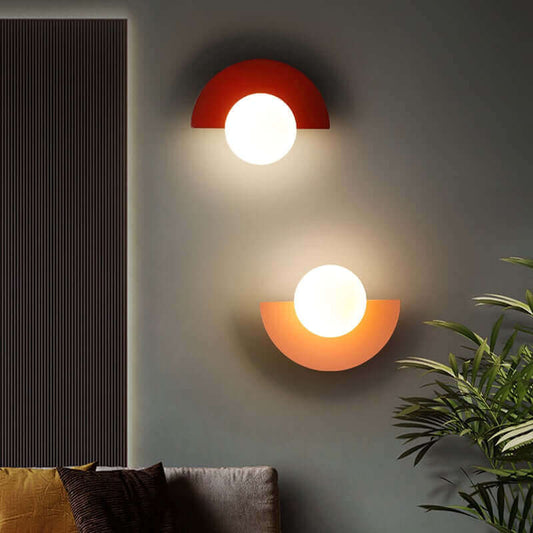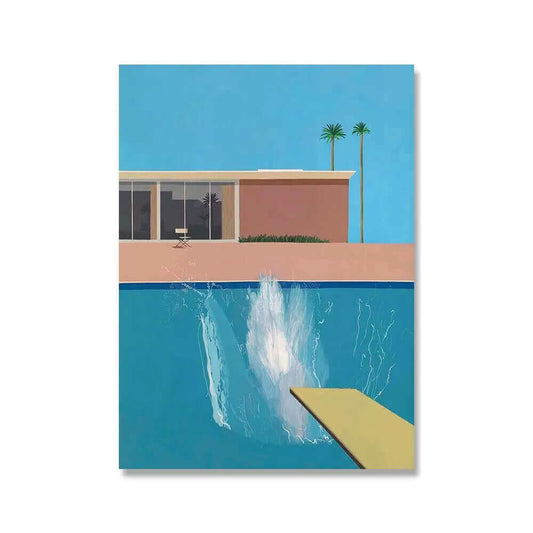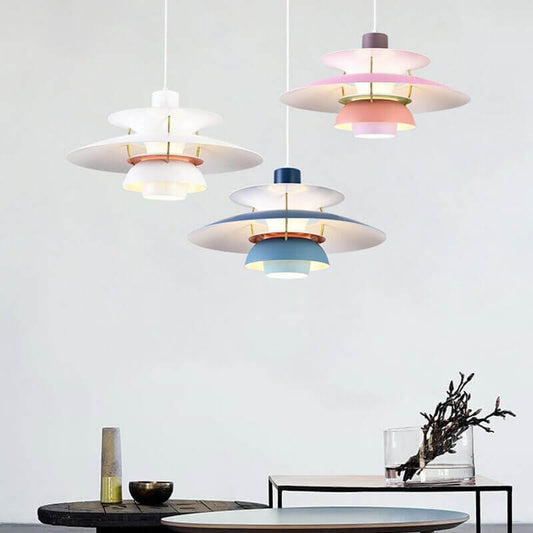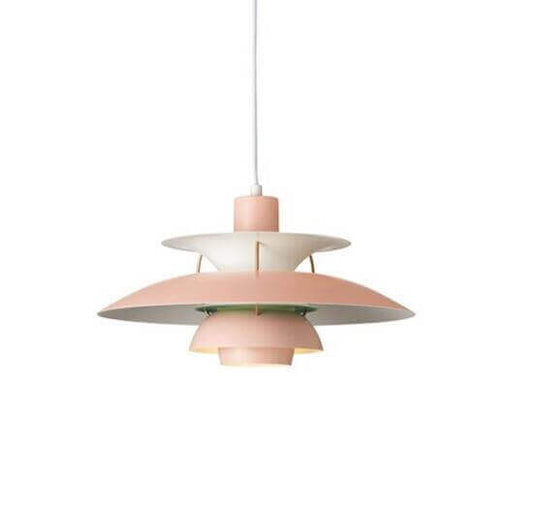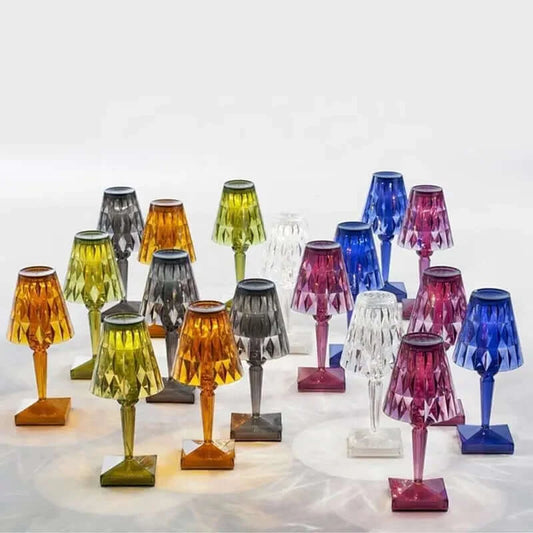Louis Kahn: Architectural Visionary of the 20th Century
Louis Kahn, born on February 20, 1901, in Estonia, moved to the United States as a child. Despite growing up in poverty and facing hardships, he displayed an early talent for drawing and design, eventually studying architecture at the University of Pennsylvania.
After completing his studies, Kahn worked for various architectural firms, including Paul Philippe Cret and George Howe. In 1947, he began teaching at Yale University, where he became renowned for his insightful and inspiring teaching methods.
In the 1950s and 1960s, Kahn gained recognition as a visionary architect. Notably, he designed the Salk Institute in La Jolla, California, a masterpiece that showcased his principles. This included the use of light and shadow to craft dramatic spaces, and integrating natural elements into the built environment.
Continuing his impactful work in the 1960s and 1970s, Kahn created remarkable structures such as the Kimbell Art Museum in Fort Worth, Texas, and the National Assembly Building in Dhaka, Bangladesh. The Kimbell Art Museum is distinguished for its skillful use of natural light, creating both intimacy and grandeur.
Despite numerous achievements, Kahn faced personal and financial struggles throughout his life, dealing with depression and financial difficulties. Tragically, he passed away from a heart attack at a New York City train station in 1974.
Kahn's legacy lives on through his innovative, powerful, and beautiful work. His principles continue to influence architects across generations, with his buildings recognized as some of the most significant examples of modern architecture. Many of his structures are now cultural treasures, attracting thousands of visitors annually.
Principles of Kahn's Architecture
One of Kahn's architectural focal points was the utilization of natural light. He believed that light was integral to architecture and should enhance the spatial experience. His buildings often featured large windows, skylights, and openings that flooded interiors with natural light, connecting them to the outdoors. This principle is notably seen in the Salk Institute for Biological Studies in California, where the play of light is central to the design.
Kahn also had a profound respect for materials. He championed using materials in their raw state, allowing their intrinsic beauty to shine through. His designs frequently showcased unadorned materials like concrete, brick, and stone, creating a sense of elegance and timelessness. This philosophy is evident in structures like the Kimbell Art Museum, where raw materials harmonize with the design.
Geometry and proportion were additional core principles in Kahn's architecture. He believed they were fundamental elements that should enhance spatial experiences. His works often incorporated simple geometric shapes such as circles and squares, creating harmony and balance. This can be observed in buildings like the Yale University Art Gallery, where geometric forms contribute to the design's coherence.
Functionality and structure were equally paramount in Kahn's architecture. He believed that buildings should be functional, with the structure openly visible and expressive. Exposed structural elements, such as concrete beams and columns, were frequently integrated into his designs, creating transparency and integrity. This philosophy shines in structures like the Bangladesh Parliament, where structural elements are an integral part of the design.
Louis Kahn, an American architect, remains one of the most influential figures of the 20th century. His principles of natural light, material respect, geometry, proportion, and his unique play of light and shadow continue to leave an indelible mark, inspiring architects to this day.
Key Architectural Works by Louis Kahn
- Salk Institute for Biological Studies (1959-1965): Located in La Jolla, California, the Salk Institute is one of Kahn's masterpieces. It features parallel laboratory blocks connected by an open plaza, with natural light flooding the interior.
- Kimbell Art Museum (1966-1972): Situated in Fort Worth, Texas, the museum's pavilion design and focus on natural light make it a celebrated architectural marvel.
- National Assembly Building (1962-1982): In Dhaka, Bangladesh, the building's unique concrete shell design and integration with the surrounding environment showcase Kahn's genius.
- Phillips Exeter Academy Library (1965-1972): Located in Exeter, New Hampshire, the library is noted for its central atrium and creative use of natural light.
- Indian Institute of Management, Ahmedabad (1962-1974): In Ahmedabad, India, the building's brick towers and ventilation system illustrate Kahn's mastery.
Overall, Louis Kahn's legacy lies in his powerfully simple designs, material respect, and inventive play with light and shadow. His architectural creations continue to inspire architects globally, ensuring his influence endures for years to come.
Learn more about interior design by reading our “Enhancing Your Living Space: The Importance of Interior Design” article.






